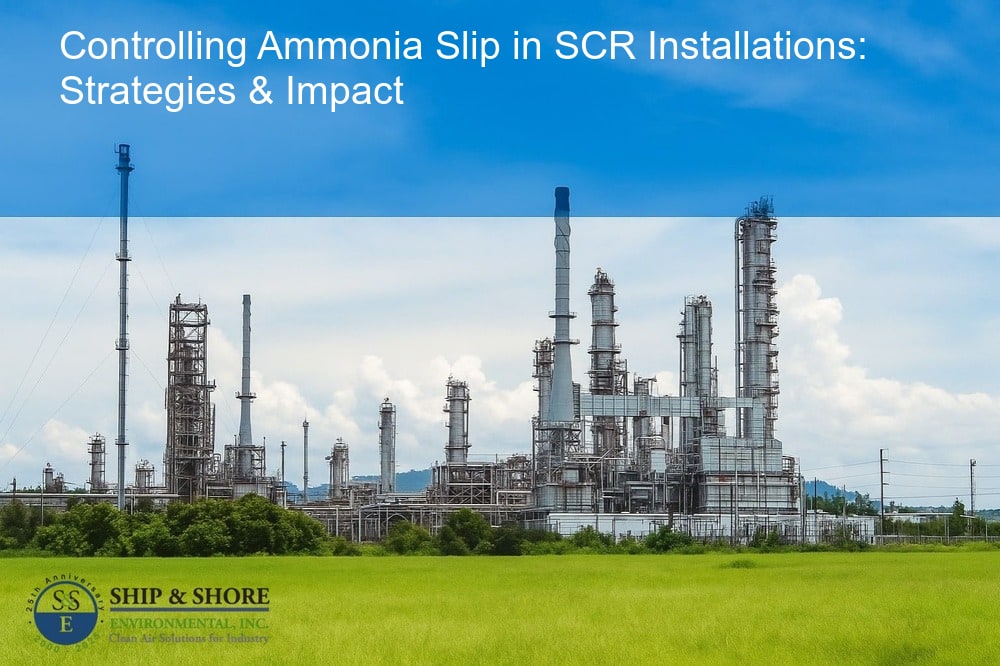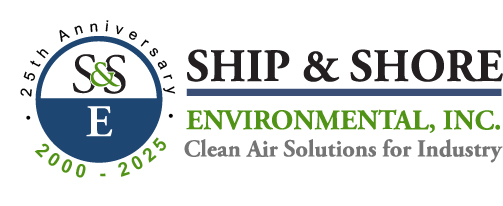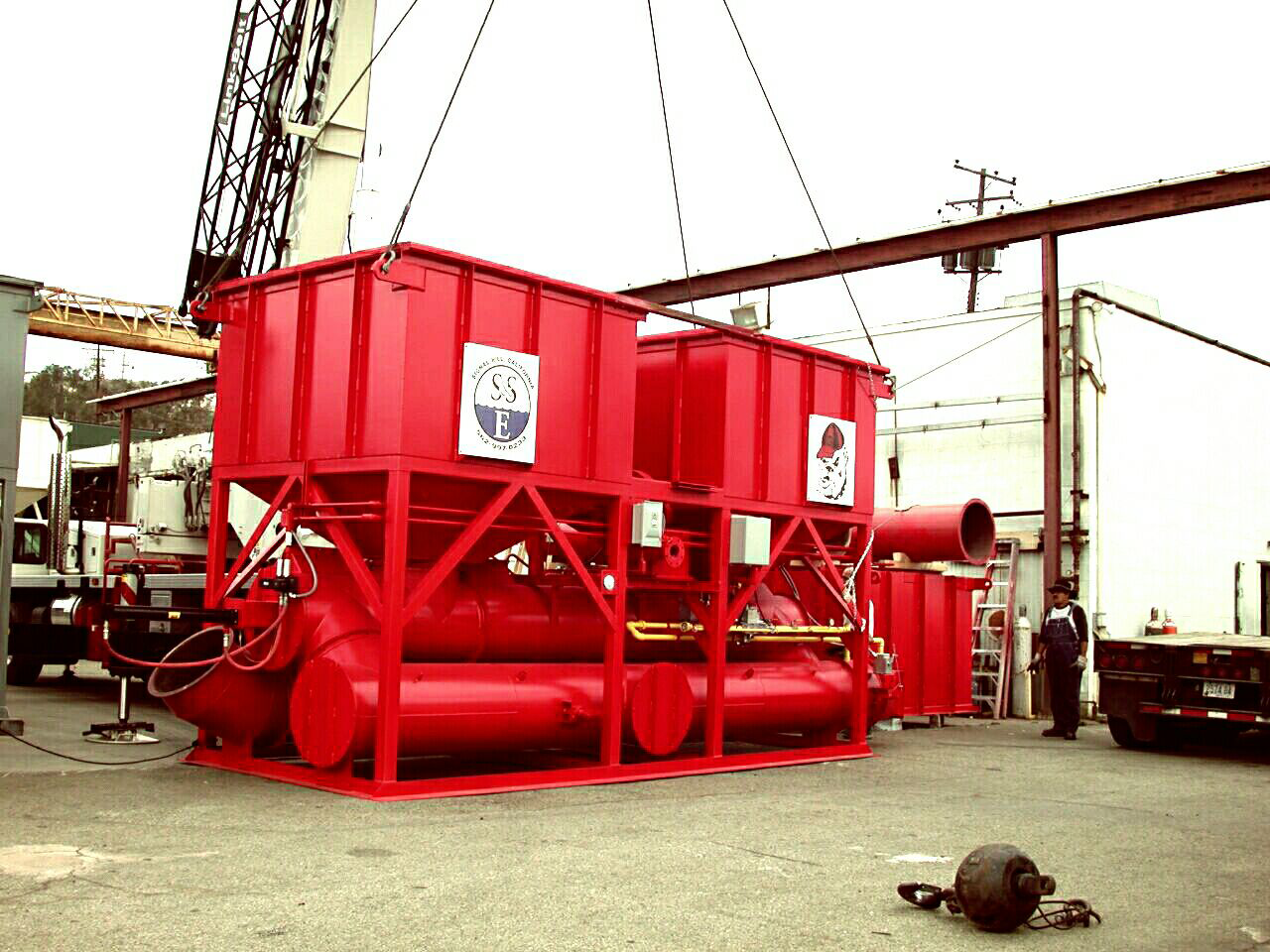
Controlling Ammonia Slip in SCR Installations: Strategies & Impact
September 17, 2025 4:55 amUnderstanding the Implications of Ammonia Slip
Controlling ammonia slip in SCR installations is vital for both environmental and operational reasons. Ammonia slip refers to the excess ammonia that passes through the Selective Catalytic Reduction (SCR) system without reacting with nitrogen oxides (NOx). While the primary goal of SCR installations is to reduce NOx emissions from industrial processes, unreacted ammonia can pose its own set of problems. Understanding these implications is the first step towards effective control and management practices that enhance system efficiency and environmental safety.
Exploring SCR Installations: The Role & Importance
SCR installations play a critical role in reducing NOx emissions from a wide array of industrial applications, including power plants, manufacturing facilities, and marine vessels. These systems utilize a catalyst and a reagent, commonly ammonia or urea, to convert harmful NOx gases into harmless nitrogen and water. However, the performance of SCR systems hinges on the precise management of reagent quantities. An imbalance can result in ammonia slip, undermining the system’s efficiency and posing environmental risks.
The Need for Controlling Ammonia Slip in SCR Installations
The need for controlling ammonia slip in SCR installations can hardly be overstated. Ammonia slip not only affects the overall efficiency of the SCR system but also impacts air quality and compliance with environmental regulations. Excess ammonia releases can contribute to the formation of secondary pollutants, such as ammonium nitrate and ammonium sulfate, which are deleterious to both human health and ecological systems. Additionally, ammonia is a corrosive substance that can cause damage to downstream equipment, leading to increased maintenance costs and operational downtime.
The Science Behind Ammonia Slip: Causes and Consequences
Controlling ammonia slip in SCR installations
Ammonia slip occurs when ammonia, used in Selective Catalytic Reduction (SCR) installations to reduce NOx emissions, remains unreacted and escapes into the atmosphere. Understanding the intricate science behind this phenomenon is crucial for effective management. When ammonia reacts with nitrogen oxides (NOx) in the SCR catalyst, ideally, it should form nitrogen and water vapor. However, due to factors such as improper ammonia injection rates, catalyst degradation, and temperature fluctuations, some ammonia may not react and is emitted as slip. This unreacted ammonia can cause several adverse effects, including the formation of fine particulate matter and secondary pollutants, which can harm both the environment and human health.
Strategies For Controlling Ammonia Slip
To mitigate the negative impact of ammonia slip, it is essential to implement effective strategies. One of the foundational methods for controlling ammonia slip involves optimizing the injection process. Proper calibration and monitoring of ammonia injection can significantly reduce slip. Additionally, employing advanced catalyst technologies can enhance the reaction efficiency and minimize unreacted ammonia. Regular maintenance and timely replacement of SCR catalysts also play a vital role in maintaining optimal performance and reducing the chances of slip.
Another effective strategy is the use of ammonia slip catalysts, which specifically target and convert unreacted ammonia into harmless nitrogen and water before it’s released into the atmosphere. These catalysts are particularly useful in scenarios where ammonia slip is consistently high, providing an extra layer of protection against harmful emissions.
The Role of Technology in Managing Ammonia Emissions in SCR Installations
Technological advancements have significantly enhanced our ability to control ammonia slip in SCR installations. The integration of continuous emission monitoring systems (CEMS) into SCR setups allows for real-time tracking of ammonia levels, enabling immediate adjustments and fine-tuning of the injection process. This real-time data helps in maintaining optimal operation conditions, thus reducing the chances of excess ammonia slipping through unreacted.
Automated control systems also play a crucial role. These systems can dynamically adjust operating parameters based on real-time data, ensuring that the SCR installations are running at peak efficiency. The combination of CEMS and automated control systems provides a robust framework for ensuring minimal ammonia slip, facilitating compliance with stringent environmental regulations.
Below are some key technologies and strategies:
- Ammonia Injection Optimization: Precision calibration and adaptive control of injection rates.
- Advanced Catalyst Technologies: Use of high-performance catalysts to enhance reaction efficiency.
- Real-Time Emission Monitoring: Continuous Emission Monitoring Systems (CEMS) for real-time tracking.
- Automated Control Systems: Adaptive systems for dynamic adjustment based on real-time data.
- Regular Maintenance: Timely inspection and replacement of catalyst materials.
By combining these technologies and strategies, we can effectively minimize ammonia slip, thereby reducing its environmental impact. Transitioning to these advanced systems requires an initial investment, but the long-term benefits, including reduced regulatory risks and improved operational efficiency, make it a worthwhile endeavor.
Nonetheless, ongoing research and development are essential for further enhancing SCR technology. As we continue to explore innovative solutions, our goal remains to achieve near-zero ammonia emissions, contributing to a cleaner and more sustainable environment.
Did you know? Proper control of ammonia slip in SCR installations helps reduce nitrogen oxides (NOx), which are harmful to both human health and the environment.
Evaluating the Environmental Impact of Effective Ammonia Slip Control
Our commitment to controlling ammonia slip in SCR installations plays a crucial role in preserving both air quality and public health. Ammonia slip, if left unmanaged, can contribute to secondary particulate formation and other environmental dilemmas. By deploying state-of-the-art abatement systems specifically designed for our SCR units, we drastically minimize the amount of ammonia that escapes into the atmosphere.
Future Perspectives: Enhancements in SCR Technology for Controlling Ammonia Slip
Looking ahead, continuous advancements in SCR technology promise even greater efficiency in controlling ammonia slip. Innovations such as real-time monitoring, advanced catalyst materials, and improved injection systems are poised to enhance the effectiveness of existing SCR installations. These technological breakthroughs provide us with more accurate data, enabling quicker response times and fine-tuning of the ammonia injection process. This leads to lower emissions and compliance with stricter environmental regulations.
Remaining Compliant and Eco-Conscious: The Results of Proper Ammonia Slip Control in SCR Installations
At Ship & Shore Environmental, Inc., our dedication to developing comprehensive strategies for controlling ammonia slip in SCR installations ensures we meet and exceed environmental standards. Our well-designed SCR systems not only safeguard the environment but also help our clients remain compliant with national and international regulations. This eco-conscious approach translates to long-term sustainability for both industries and the planet. By continually refining our processes and adopting new technologies, we solidify our position as leaders in the field of air pollution control.
FAQ
What is ammonia slip and why is it important to control in SCR installations?
Ammonia slip refers to the unreacted ammonia that passes through the SCR (Selective Catalytic Reduction) system and is emitted into the atmosphere. Controlling ammonia slip is vital for maintaining air quality and preventing the formation of harmful secondary particulates that can pose health risks and environmental concerns.
How do SCR installations mitigate harmful emissions?
SCR installations use a catalyst to promote a chemical reaction with ammonia, which converts nitrogen oxides (NOx) into nitrogen (N2) and water (H2O), thereby significantly reducing harmful emissions. With the integration of advanced abatement systems, our installations are engineered to minimize the escape of unreacted ammonia, effectively mitigating ammonia slip.
What technological advancements are being developed to improve ammonia slip control?
Our innovations in SCR technology include real-time monitoring for more accurate data, enhanced catalyst materials for better performance, and upgraded injection systems for precise ammonia delivery. These advancements foster improved control mechanisms, enabling industrial operations to adhere to environmental regulations with greater ease.
How does properly controlling ammonia slip contribute to environmental sustainability?
By meticulously managing ammonia emissions, our SCR systems play a significant role in reducing the addition of pollutants to the environment. This commitment to sustainability aids in thwarting the potential for secondary pollutant formation, thus preserving air quality and contributing to the overall health of ecosystems and communities.
How does Ship & Shore Environmental, Inc. ensure compliance with environmental regulations?
At Ship & Shore Environmental, Inc., we prioritize staying ahead of regulatory requirements by leveraging cutting-edge technology and executing thorough emission control strategies. Our end-to-end solutions for managing ammonia slip not only align with current environmental standards but are also designed to adapt to future regulatory adjustments, guaranteeing that our clients remain compliant and advances eco-conscious practices.
Categorised in: Blog

